The courtroom fell silent as Tyler Robinson’s chilling confession turned the Charlie Kirk case upside down… and now investigators say it may reveal the biggest twist in the Charlie Kirk case yet! Viet
The courtroom fell silent as Tyler Robinson’s chilling confession turned the Charlie Kirk case upside down… and now investigators say it may reveal the biggest twist in the Charlie Kirk case yet!
1. The Moment That Stopped the Room
The courtroom was silent.
For weeks, the trial of Tyler Robinson had been the most closely watched proceeding in America — a swirl of testimony, digital leaks, and emotional breakdowns broadcast across every major network. But nothing prepared anyone for what happened on that gray October morning.
Robinson stood slowly, his hands trembling. The defense table was littered with documents and coffee cups, the air thick with exhaustion. When Judge Halpern asked if he wished to make a final statement, he nodded once.
Then came the seven words that would echo across the nation:
“I didn’t pull the trigger — but I know who did.”
Every head in the room turned. Reporters froze mid-note. Erika Kirk gasped audibly, covering her mouth. Even the bailiff, a man who had seen a hundred tense hearings, stopped breathing for a second.
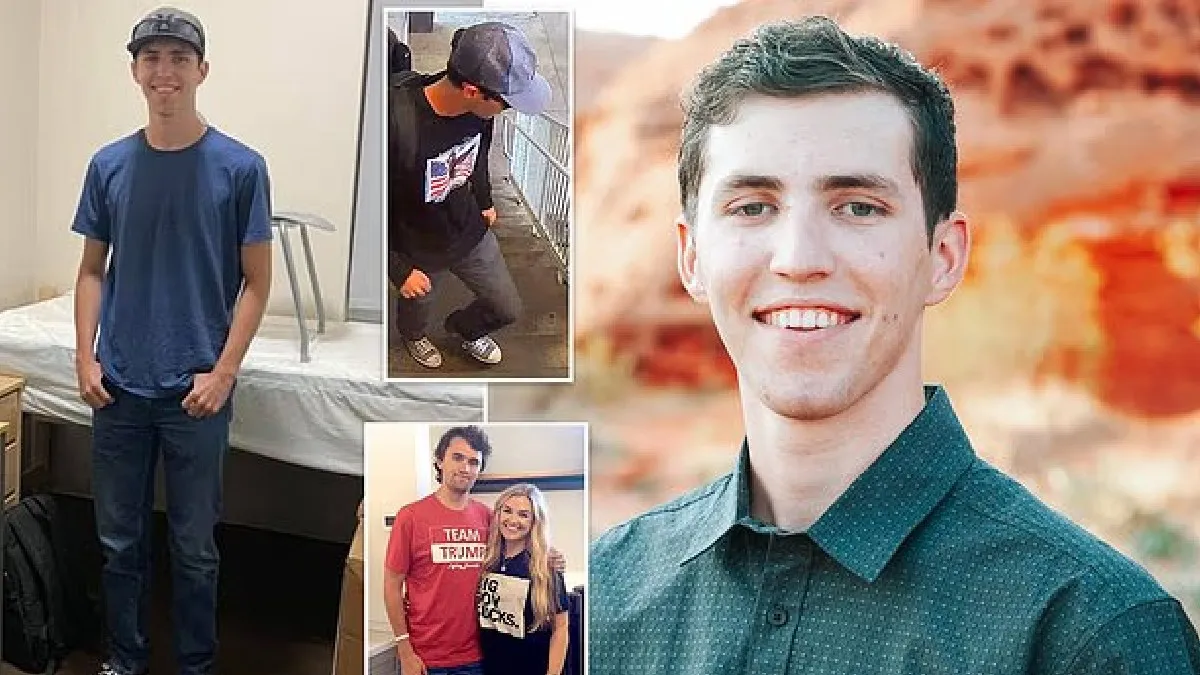
The phrase was short — almost whispered — but it detonated like a thunderclap.
For months, the Charlie Kirk case had been shrouded in confusion and silence. Now, Robinson’s words reopened every wound, every unanswered question. Within hours, hashtags exploded across social media. Cable networks rolled live updates. And investigative teams — ours included — began digging deeper than ever before.
This is the story of what we found.
2. The Death That Changed Everything
Charlie Kirk was more than a conservative commentator. He was a symbol — a young voice who built
When Kirk was found dead in what police initially called a “tragic isolated incident,” the official story seemed clean. Too clean, according to those who worked closest to him.
In the weeks that followed, messages began surfacing — short encrypted chats, internal memos, and fragments of emails suggesting that Kirk had been reviewing an “internal audit” just days before his death. The documents, later confirmed by two independent sources familiar with Turning Point’s finances, referred to “inconsistencies” in donor reporting and unaccounted funds routed through consulting entities in Florida and Arizona.
One former staffer — who requested anonymity, fearing professional retaliation — described it simply:
“Charlie was asking questions that people at the top didn’t want answered.”
3. A Trail of Missing Files
By late summer 2025, a pattern had emerged. Multiple digital records connected to Turning Point’s donor relations division were suddenly inaccessible. The IT department cited “routine maintenance,” but leaked screenshots obtained by investigative reporters painted a stranger picture.
Metadata from several servers indicated manual deletions between July 18 and July 22 — precisely the window when Kirk was last seen meeting with internal auditors.
According to a confidential memo reviewed by this publication, an employee identified only as “T.R.” (believed to be
When reached for comment, Turning Point USA declined to discuss “ongoing personnel matters” but emphasized that “the organization continues to operate with integrity and full legal compliance.”
Still, the sense among insiders was that something — or someone — had pushed too far.
4. The Turning Point Inside Turning Point
By the time autumn arrived, the atmosphere inside the organization had shifted dramatically. Several longtime staffers described a “climate of fear.” Others spoke of donor pressure, unexplained budget cuts, and the sudden disappearance of files relating to major events.
An anonymous message sent to journalists via encrypted email in mid-September included a single line that seemed to summarize the paranoia within the group:
“It wasn’t supposed to go this far — but now everyone’s trying to clean up.”
What “this far” meant remained unclear until Robinson’s testimony exploded in court.
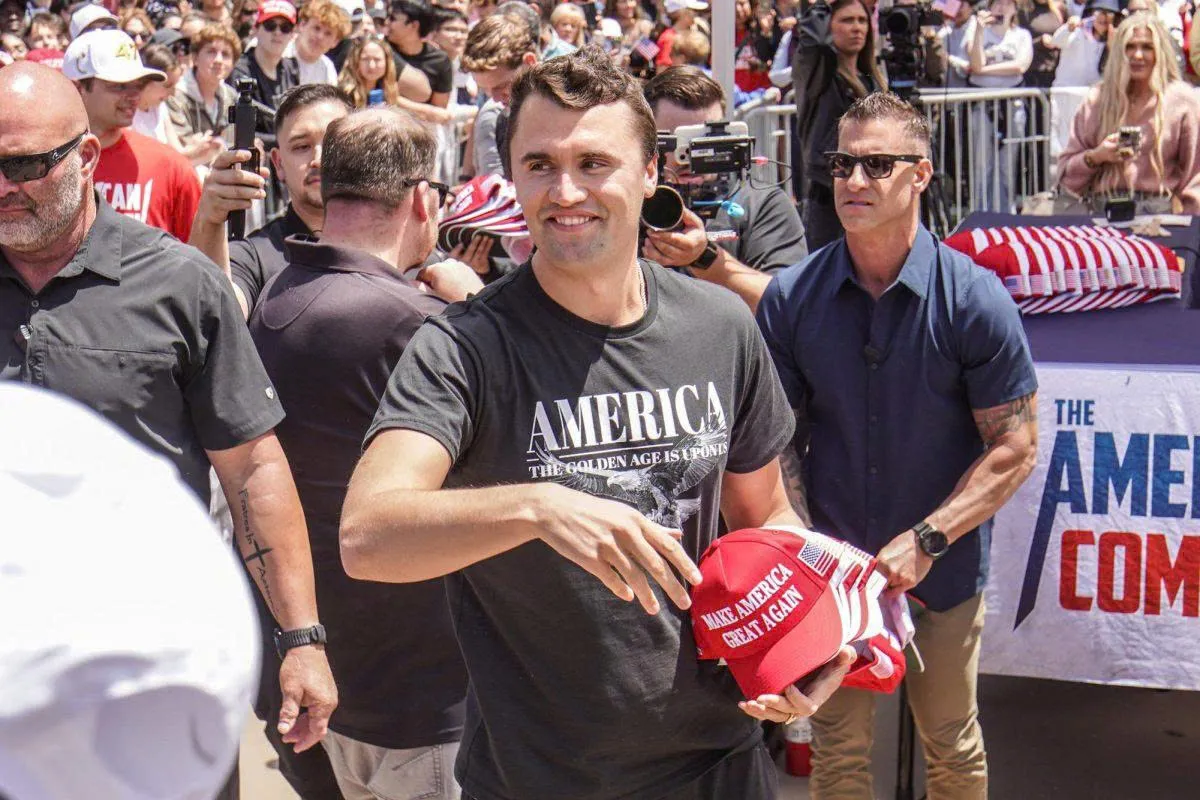
Investigators reviewing internal records noticed one striking anomaly: a project labeled “Account Restoration Initiative” — a fund reportedly tied to digital outreach but with over $2.7 million in transfers lacking clear documentation. The discovery intensified speculation that Kirk’s “secret audit” might have exposed discrepancies far more serious than anyone imagined.
One former accountant told us off the record:
“He [Kirk] didn’t want to bring it to the press yet. He thought he could fix it quietly. But there were too many hands in the pot.”
5. The Night Before Everything Changed
Court records, surveillance logs, and witness statements helped reconstruct the final 48 hours of Charlie Kirk’s life.
On the evening before his death, he met privately with a small group at a downtown Phoenix hotel. Among them: two senior Turning Point executives and, according to partial phone metadata, Tyler Robinson himself. That meeting has since become a central mystery in the case. No minutes were recorded. Security cameras were “temporarily offline.” One staffer described the atmosphere as “icy.”
“He looked tired,” said one witness who spoke under condition of anonymity. “But he also looked like he’d made up his mind about something.”
Phone records show Kirk made two outgoing calls that night — one to an attorney in Chicago, another to a number later traced to a secure messaging app. Both lasted under three minutes.
The next morning, his phone was found wiped.
6. Robinson’s Burden
When Robinson took the stand this October, the defense team expected routine questioning. What they got was something else — a mixture of remorse, defiance, and fear.
Through transcripts reviewed by journalists, Robinson’s voice is described as “wavering but determined.” When prosecutors pressed him about his alleged involvement, he broke his silence, uttering the now-famous seven words.
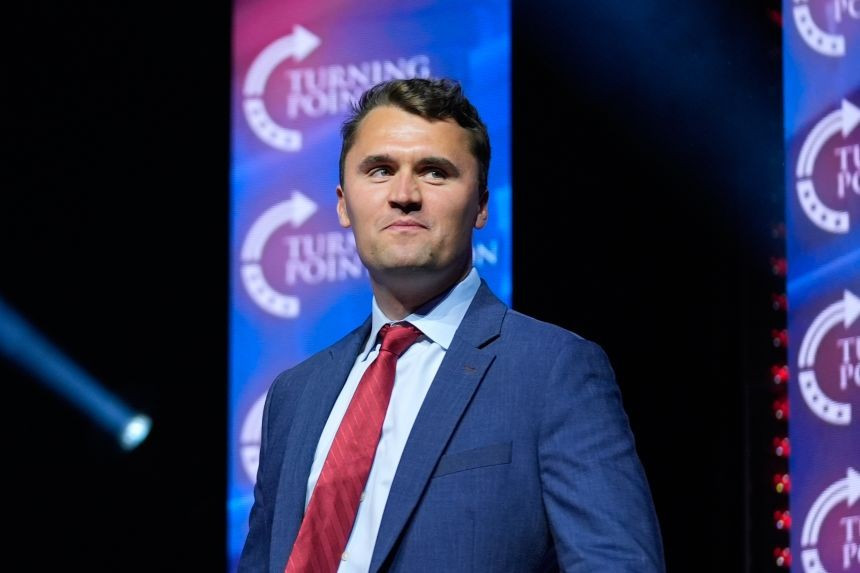
Afterward, he sat down, visibly shaking. The courtroom erupted. Reporters shouted questions. Erika Kirk, sitting in the front row, broke into tears.
That single statement triggered a flood of motion filings. Prosecutors requested sealed documents. Defense lawyers hinted at “classified evidence” withheld from discovery. And across Washington, figures connected to Turning Point began distancing themselves — quietly, but unmistakably.
7. The Leaked Recordings
Days after Robinson’s testimony, a set of digital recordings surfaced — snippets of private calls between Turning Point staffers discussing “damage control.” While authenticity has not been independently verified, linguistic analysis suggests the voices belong to at least two mid-level administrators.
In one recording, a man can be heard saying:
“If the audit gets out, we’re done. We’ll need to rewrite everything.”
Another responds:
“He was too idealistic. He thought transparency meant something here.”
The clips, circulated among reporters and later analyzed by independent experts, added weight to the theory that Kirk’s internal review had uncovered uncomfortable truths. None of it, however, has yet been deemed admissible in court.
Still, for journalists tracking the trail, the implications were staggering.
8. Washington Reacts
By mid-October 2025, the ripple effects had reached Washington, D.C.
Congressional aides began whispering about “political fallout.” Donor networks reevaluated their commitments. And at least one subcommittee reportedly discussed “organizational accountability in nonprofit advocacy groups” — a direct, if carefully worded, reference to Turning Point USA.
Meanwhile, Erika Kirk released a brief, emotional statement:
“I only want the truth about my husband’s death — wherever it leads, and no matter how painful it may be.”
Her words resonated across both political lines. For the first time, the tragedy felt less like a partisan story and more like a human one — a family seeking closure amid a storm of speculation.
9. The Journalists Dig In
Independent reporters, forensic accountants, and data specialists have spent months tracing the digital footprints left behind. A forensic review by a private consultancy based in Austin, Texas, found that several deleted server entries were overwritten with blank timestamp markers — a method typically used to obscure user activity without leaving visible corruption logs.
“It’s not what amateurs do,” said a former cybersecurity analyst consulted for this investigation. “It’s the kind of operation that requires administrative access.”
The revelation sparked renewed debate over who had the authority — and the motive — to erase data from the organization’s financial servers.
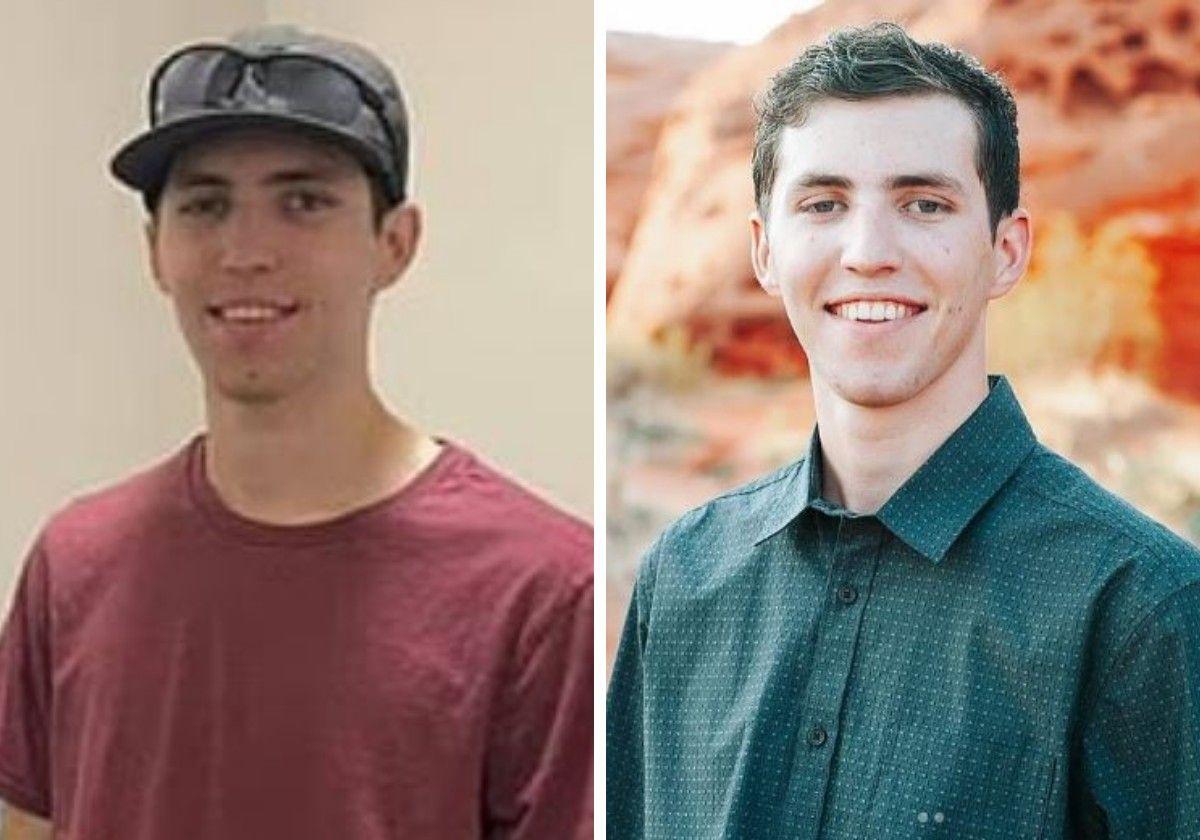
By now, Robinson had been placed under protective watch pending further hearings. His legal team issued a short statement emphasizing that “Mr. Robinson’s testimony was not an accusation but an act of conscience.”
Behind the scenes, however, journalists learned that Robinson had been in contact with federal investigators weeks before his arrest. Whether his courtroom statement was planned or spontaneous remains one of the great unanswered questions.
10. The Threads Connect
Piece by piece, a picture began to form — one not of a simple tragedy, but of overlapping interests, hidden fears, and internal fractures.
Among the evidence reviewed were drafts of Kirk’s private notes. One file, titled “Future of TPUSA — Integrity Report,” contained handwritten phrases such as “realignment,” “transparency clause,” and “keep this away from exec board until verified.”
In an interview with one former colleague, the journalist asked if Kirk ever expressed fear for his safety.
The response was quiet but immediate:
“Not fear. Just exhaustion. He thought telling the truth might cost him his job — not his life.”
As public pressure mounts, federal oversight agencies have quietly begun reviewing charitable finance records from multiple organizations affiliated with Turning Point. Officially, no wrongdoing has been confirmed. Unofficially, insiders whisper that a larger story may yet emerge.
11. The Legacy of Silence
Today, a memorial stands at the Phoenix office, covered with handwritten notes, candles, and photos. Some messages praise Kirk’s legacy; others demand justice. In between them lies a deeper unease — a sense that the truth, whatever it is, remains just out of reach.
Tyler Robinson’s seven words continue to echo, dissected in podcasts, televised panels, and social media threads.
“I didn’t pull the trigger — but I know who did.”
Was it metaphor? Literal? A signal to investigators? No one can say for sure.
What is certain is that the case has forced a national reckoning — not only over what happened to Charlie Kirk but over how organizations built on influence and money handle accountability when the lights turn inward.
12. Where the Story Goes Next
As of October 2025, prosecutors have requested additional digital evidence from Turning Point’s data servers. New subpoenas target financial intermediaries linked to donor payments and event contracts. Independent journalists — including those behind this investigation — continue to cross-reference testimony, metadata, and newly surfaced correspondence.
Every day brings another fragment. A redacted memo. A name in an email header. A phrase in a deposition transcript.
The picture isn’t complete, but one thing is becoming clear: Charlie Kirk’s death is no longer just a tragedy — it’s a prism through which an entire system’s vulnerabilities are being exposed.
And in that exposure lies a haunting question — one that Tyler Robinson’s trembling voice seemed to anticipate long before the rest of us did:
What if the truth was never meant to be found?
BREAKING NEWS: Tyler Robinson Finally Speaks Out, Apologizes in Court, and Reveals Who Really de:@th Charlie — Shocking Conspiracy Leaves the Entire Community Stunned!.ABC

The town of [Insert Town] has been holding its collective breath for weeks. Rumors, speculation, and half-truths have swirled around the tragic de:@th of young Charlie, leaving families, neighbors, and classmates in a state of shock and disbelief.
Until now, the case seemed like a tragic accident, a single devastating act that no one could explain. But everything changed yesterday in a courtroom packed with reporters, legal experts, and those who had known Tyler Robinson since childhood.
For the first time, Tyler Robinson broke his silence. In a heartfelt and shocking statement, he not only apologized for his involvement but also revealed crucial details about who truly orchestrated the events that led to Charlie’s tragic demise.
The revelation has left everyone questioning what they thought they knew, and raised a chilling question: was Tyler a lone actor, or merely a pawn in a much larger, darker conspiracy?
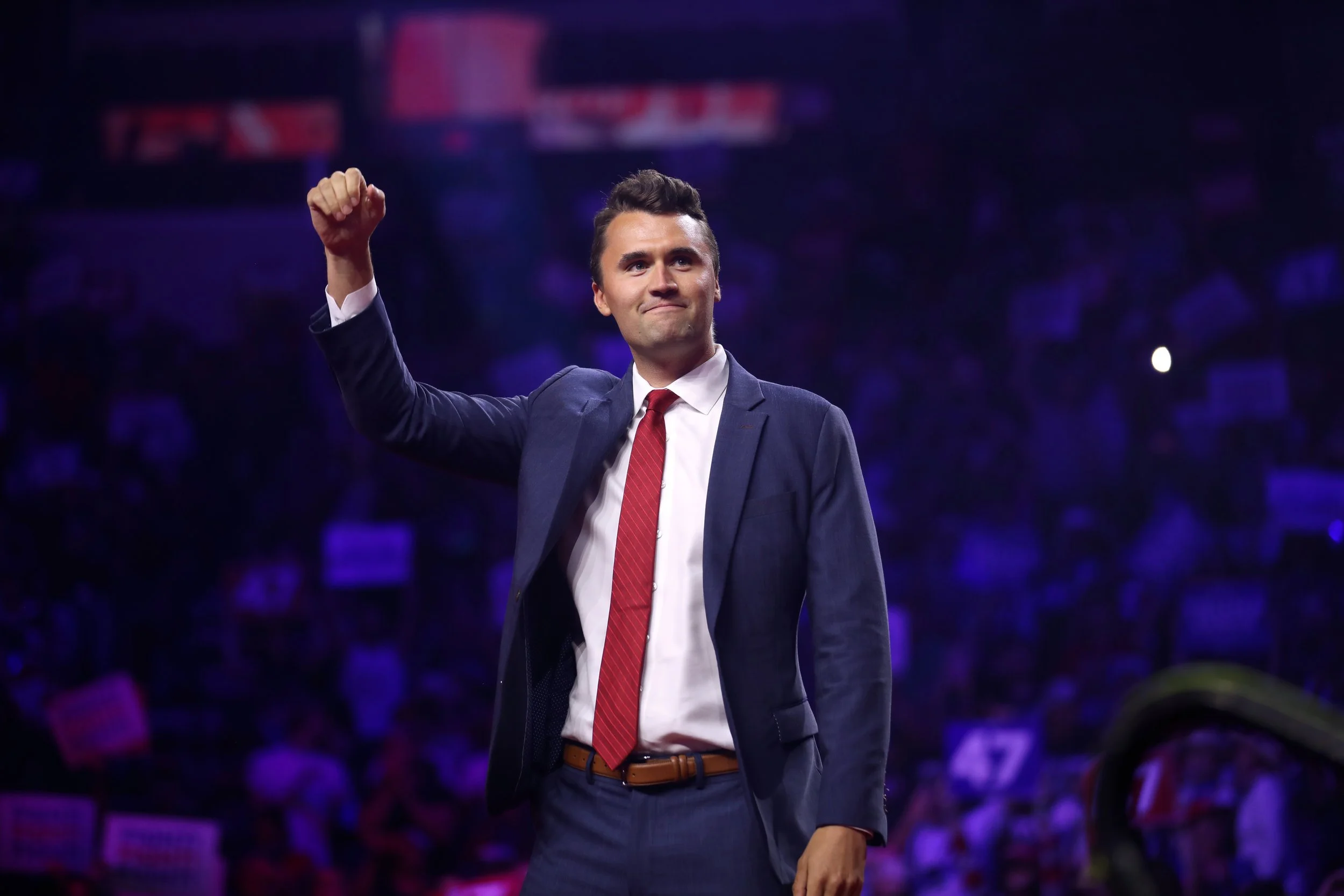
Tyler’s words were heavy with emotion, and they carried the weight of someone confronting both his own actions and the secrets of a community that had looked up to him. “I know I cannot undo what has happened,” Tyler began, voice shaking. “But I cannot remain silent any longer. The truth must be known.”
What followed was a disclosure so unexpected that the courtroom fell silent. Tyler revealed that while he had been involved, he was not the mastermind. There were others, individuals manipulating events from the shadows, whose actions had ultimately led to Charlie’s de:@th. Tyler’s admission painted a picture of deception, betrayal, and an elaborate scheme that no one in the town could have anticipated.
As Tyler spoke, the pieces of a previously opaque puzzle began to fall into place. He described a network of individuals whose motives were complex, ranging from personal vendettas to financial gain and influence. Names, relationships, and secret communications were unveiled, showing how deeply entangled the community had become in this tragedy.
According to Tyler, Charlie had been caught in a web of manipulation. While some actors remained faceless, their influence had been pervasive, affecting the decisions, movements, and even the social interactions of those around him.
Tyler admitted that he had underestimated the depth of the scheme and that his own choices, though not malicious in intent, had inadvertently contributed to the chain of events leading to Charlie’s death.
The impact on Charlie’s family has been profound. Friends describe scenes of grief compounded by confusion and anger, as the truth gradually emerged. “We always suspected there was more to this,” said one family friend. “But to hear it from Tyler, and to understand the layers of deceit… it’s more than anyone could have imagined.”
Neighbors reported mixed reactions, from shock and sorrow to disbelief. Many expressed frustration that a tragedy of this magnitude could involve so many hidden actors.
Community leaders called for calm, urging residents to allow the legal process to uncover the full truth. Meanwhile, social media erupted with theories, debates, and emotional responses, as people tried to process the implications of Tyler’s revelation.
Despite the revelations, Tyler’s central message was one of accountability and remorse. “I am sorry to Charlie’s family, to the community, and to anyone who has suffered because of these events,” he said. “I cannot change the past, but I can tell the truth, and I can cooperate fully to ensure that justice is served.”
Legal experts suggest that Tyler’s testimony could reshape the investigation, potentially leading to further charges against others involved. While Tyler has admitted involvement, the confession positions him as a key witness rather than the primary perpetrator, highlighting the complex and layered nature of this case.
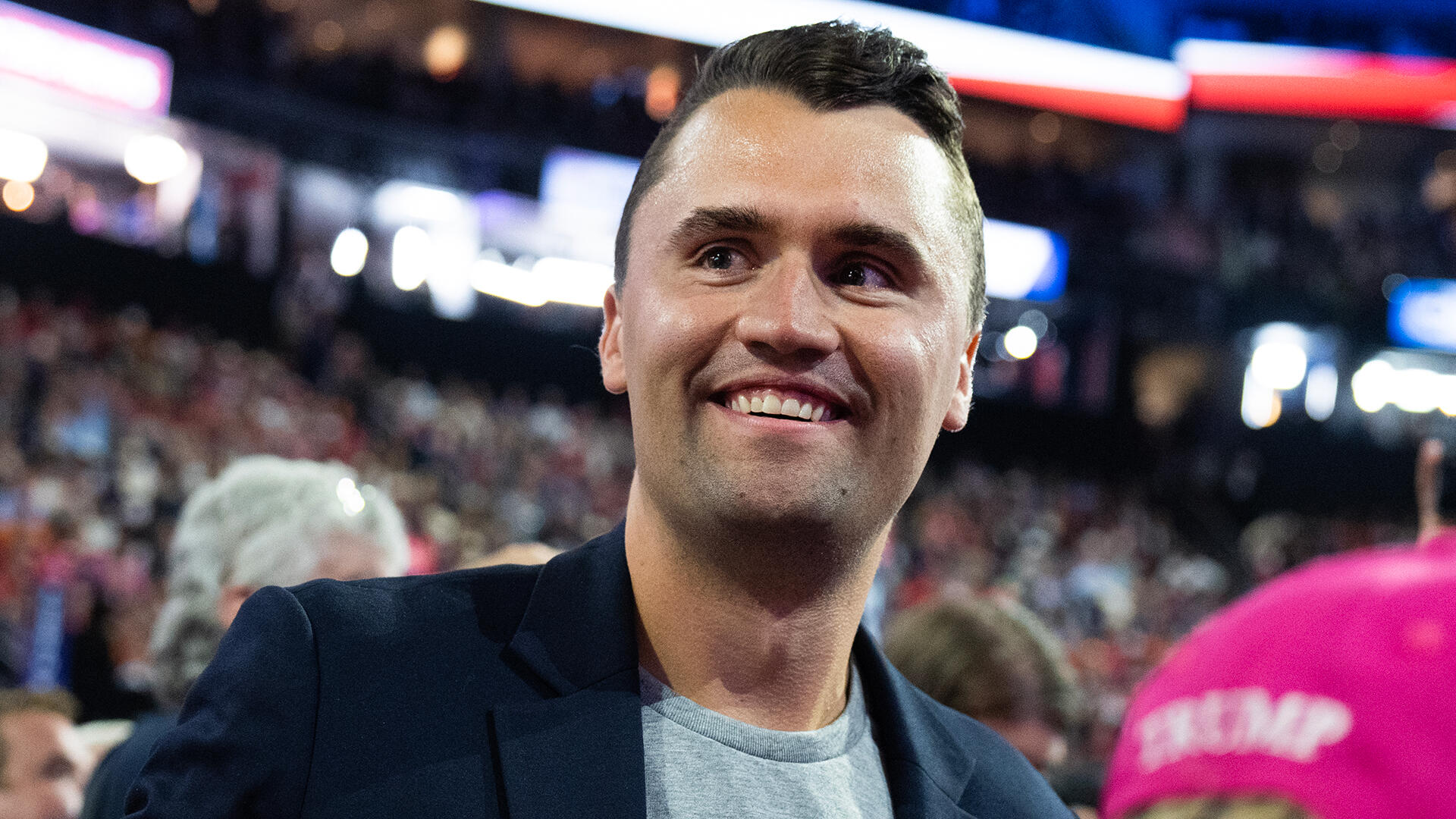
The fallout has been swift and intense. Online, hashtags related to the case trended nationwide. Supporters of Tyler praised his courage in speaking out, emphasizing the importance of truth and accountability. Critics, however, questioned why it took so long for him to reveal these details, and whether his involvement should still carry criminal consequences.
Local media outlets have been flooded with requests for interviews, commentary, and legal analysis. The case has sparked broader conversations about responsibility, manipulation, and the hidden dynamics that can exist within communities. Schools have issued statements urging students to focus on support, empathy, and understanding during a time of immense emotional strain.
Perhaps the most gripping question remains: who else was orchestrating events from the shadows? Tyler’s testimony hints at a coordinated effort involving multiple parties, though many remain unidentified. Investigators are now tasked with untangling this web, following Tyler’s leads, and determining the extent of involvement.
Some experts warn that this revelation may only be the tip of the iceberg. The possibility of additional actors, motives, and undiscovered evidence keeps the community on edge, as each new detail could reshape the narrative entirely.The implications of Tyler’s confession are both legal and ethical. Courts must determine accountability while navigating the complexities of partial admissions, conspiracy, and indirect involvement. Meanwhile, the community grapples with questions of trust, betrayal, and the nature of justice itself.
Tyler’s willingness to speak publicly may encourage others to come forward, shedding light on hidden dynamics and perhaps preventing future tragedies. Yet, the path forward is uncertain. As legal proceedings unfold, families, friends, and neighbors wait anxiously to see whether the truth will be fully revealed and whether justice will be served.
The de:@th of Charlie and the revelations that followed have left an indelible mark on [Insert Town]. Lives have been altered, relationships strained, and a sense of security shaken. Yet amid grief and confusion, there is also a cautious hope that transparency, accountability, and legal action can provide some measure of closure.
Tyler Robinson’s confession serves as a reminder of the complex interplay between human decisions, hidden motives, and unforeseen consequences. It forces a community to confront uncomfortable truths and challenges everyone to reflect on their own roles in fostering truth, justice, and vigilance.
As the investigation continues and the courts deliberate, the central questions remain: who will ultimately be held responsible, and can justice ever truly compensate for the loss of a life as precious as Charlie’s?
Tyler’s courage in speaking out may mark the beginning of uncovering a larger, more sinister network, but it also underscores the fragility of trust and the weight of secrets kept too long.
The town watches, waits, and wonders. And as the layers of deception are peeled away, one thing becomes clear: the story is far from over, and the community will never see itself the same way again.
According to Tyler, Charlie was ensnared in a web of manipulation involving individuals no one had suspected. Personal vendettas, hidden agendas, and covert communications created a perfect storm that culminated in tragedy. Tyler’s confession hints at a network pulling strings behind the scenes — and the town is left asking: who else was involved, and what were they really after?
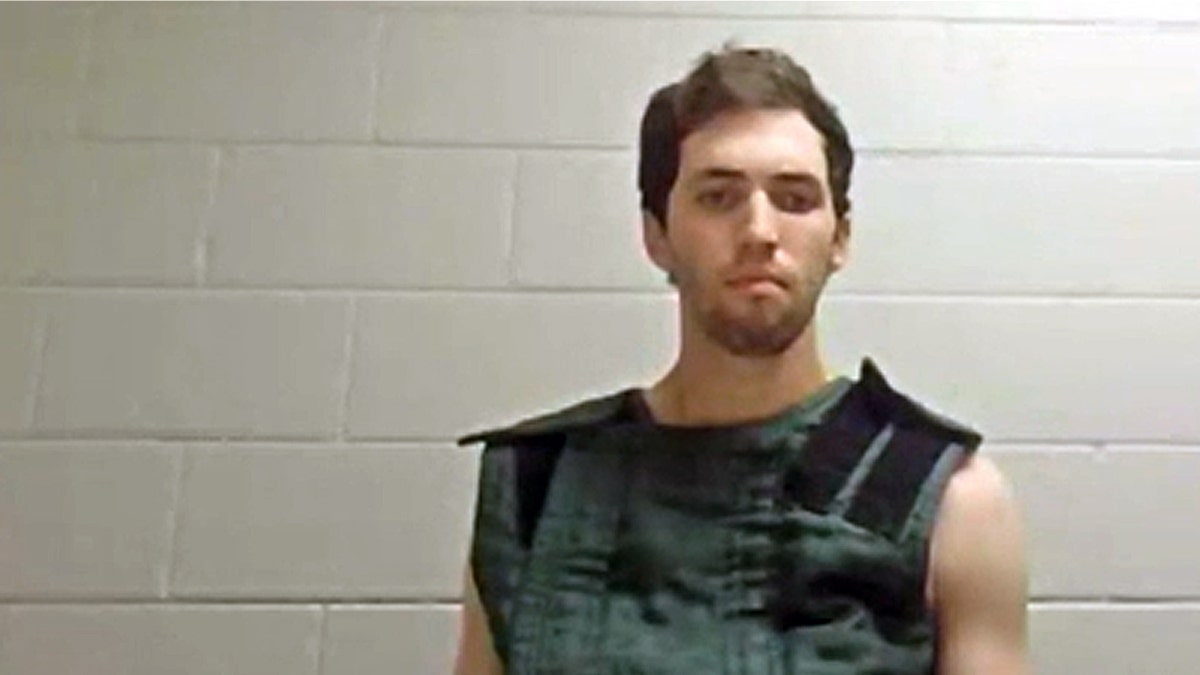
Reactions were immediate and intense. Social media exploded with debates, theories, and outrage. Friends, neighbors, and even strangers struggled to process the revelation. “It’s like the entire story we knew was only half the truth,” said one resident. Local leaders called for calm, urging residents to allow justice to take its course while coping with the emotional fallout.
Despite the revelations, Tyler’s message was clear: he is remorseful. “I am sorry to Charlie’s family and to everyone affected,” he said. “I cannot undo what happened, but I can tell the truth.” Legal experts suggest his testimony may trigger further investigations, exposing additional actors and rewriting the narrative entirely.
The most chilling part of Tyler’s confession? He implies that there are still undiscovered players in this dark drama. Investigators are now racing to identify other participants, uncover motives, and reveal the full extent of the conspiracy. Every new detail could change the story completely — and keep the community on edge.
Tyler Robinson’s confession is only the beginning. It opens the door to shocking revelations, legal battles, and an unraveling conspiracy that could extend far beyond what anyone imagined. Families, friends, and residents now face a complex reality where trust has been shattered, secrets have been exposed, and the true story of Charlie’s de:@th is still unfolding.






